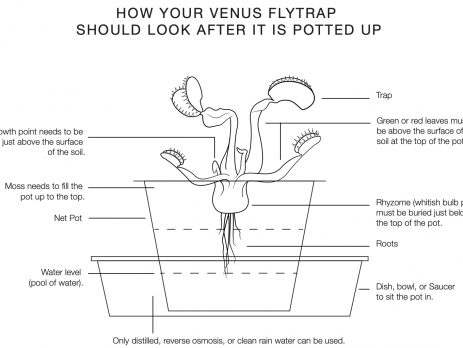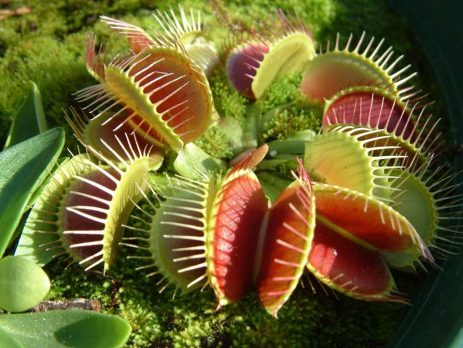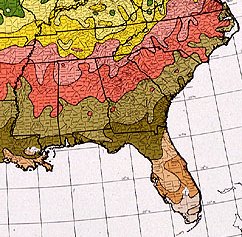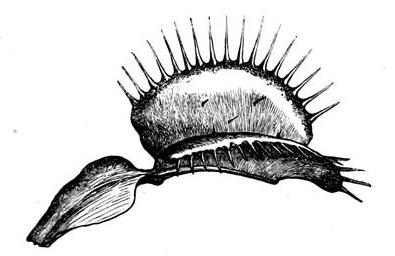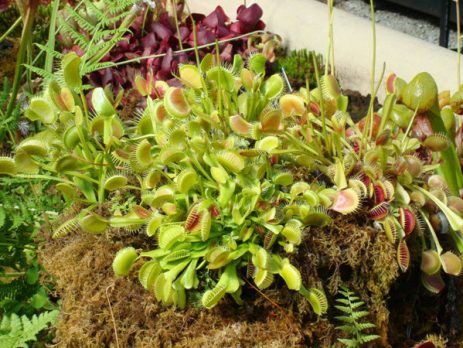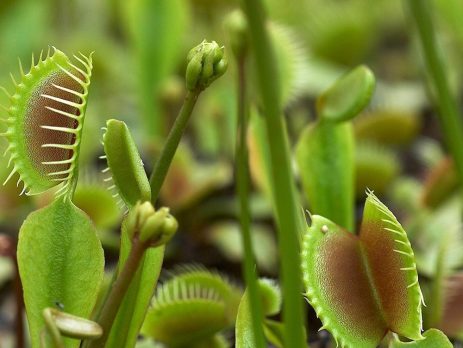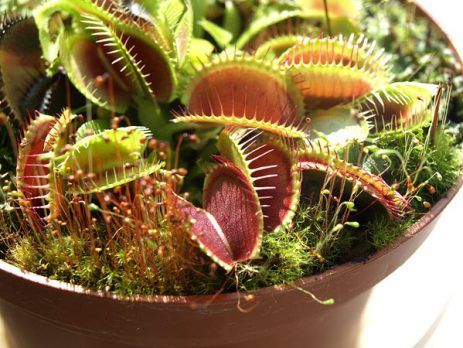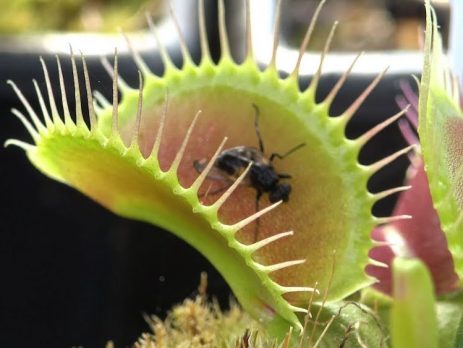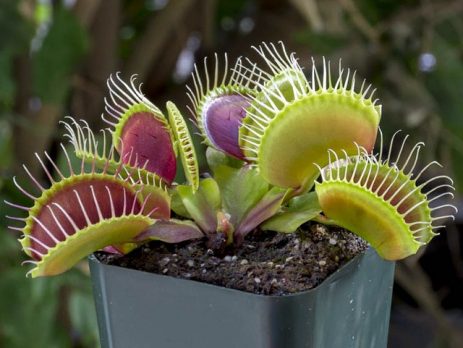Official VenusFlytrap.com Care Sheet, Part 1
Venus Flytrap care Sheet page 1 It is extremely important that the care sheet directions that come with your plant are strictly followed. If you have plans to grow your plant in a different way, or with a different soil or a different pot, or have read different care information online or in a book I strongly urge you not do this and to strictly follow the care sheet direction instead. I strongly recommend not using carnivorous plant soil purchased from...

